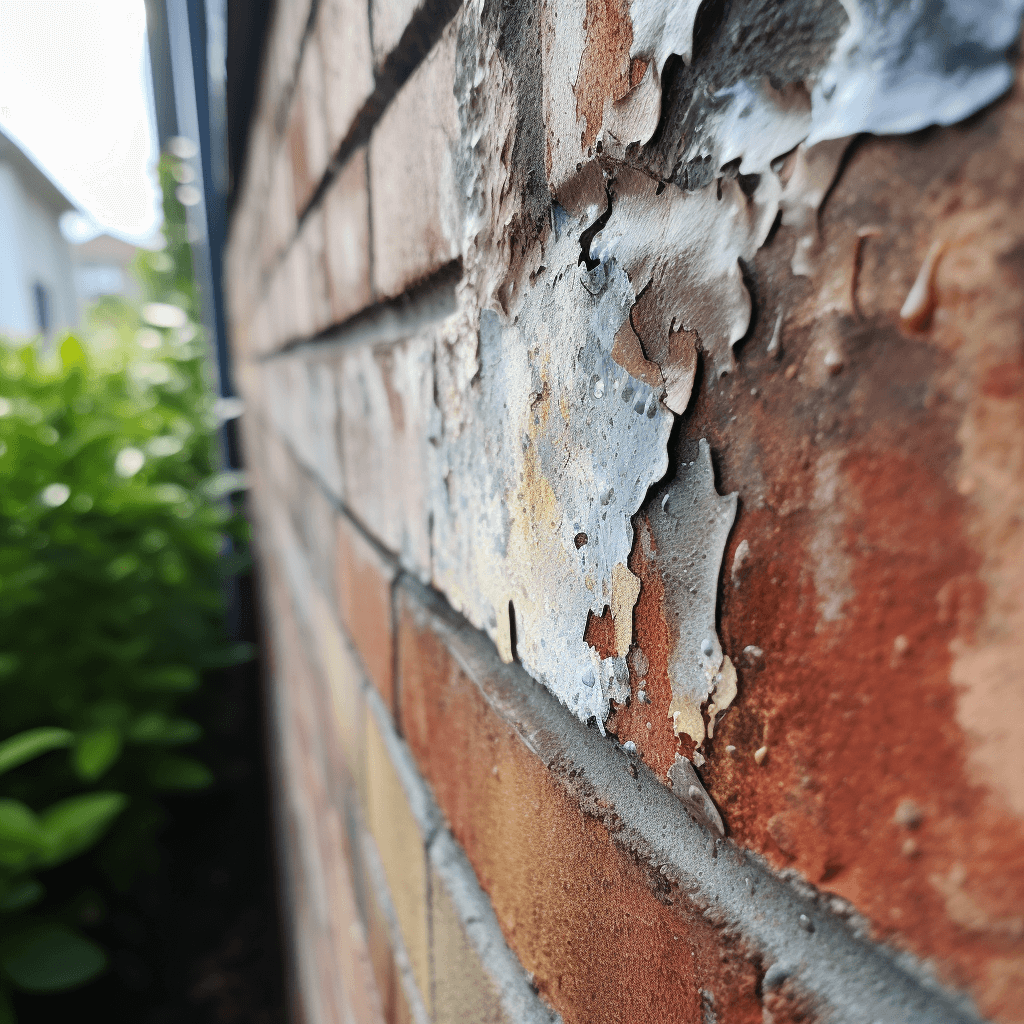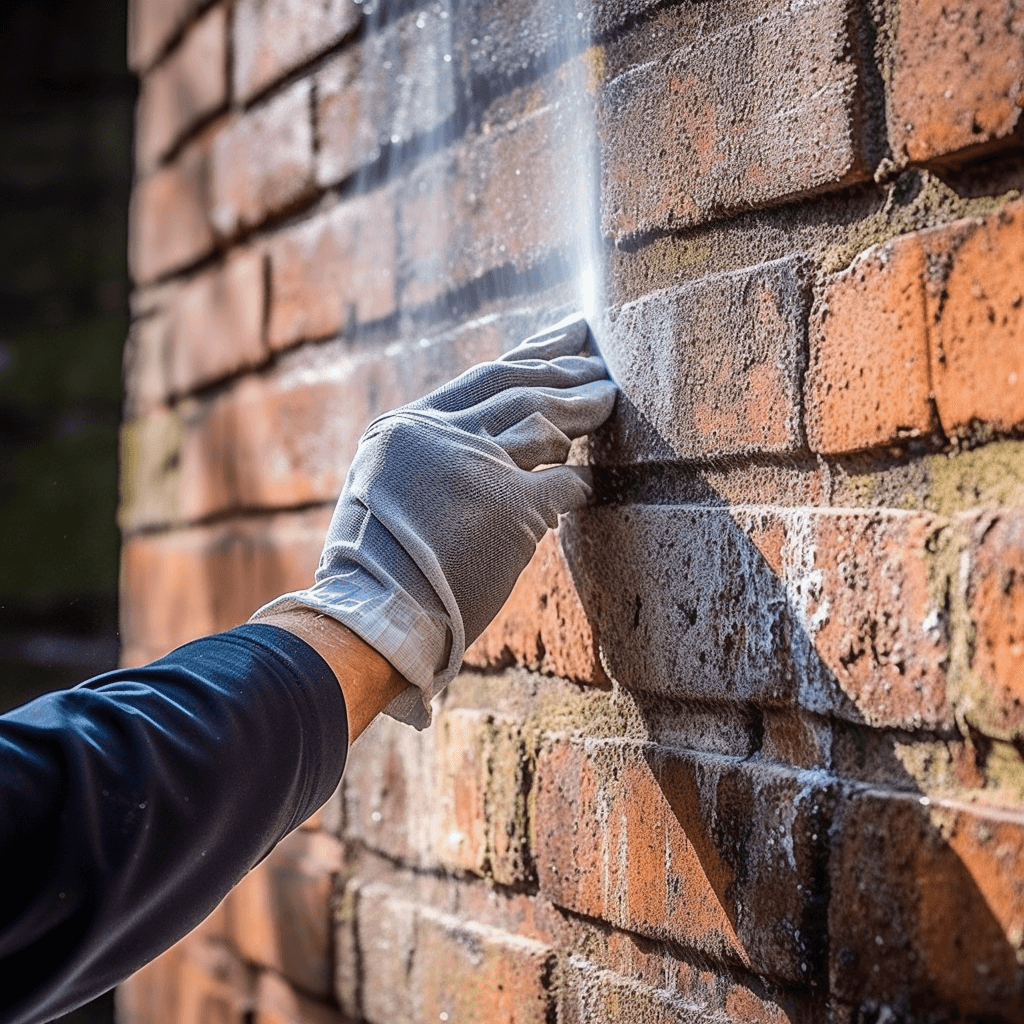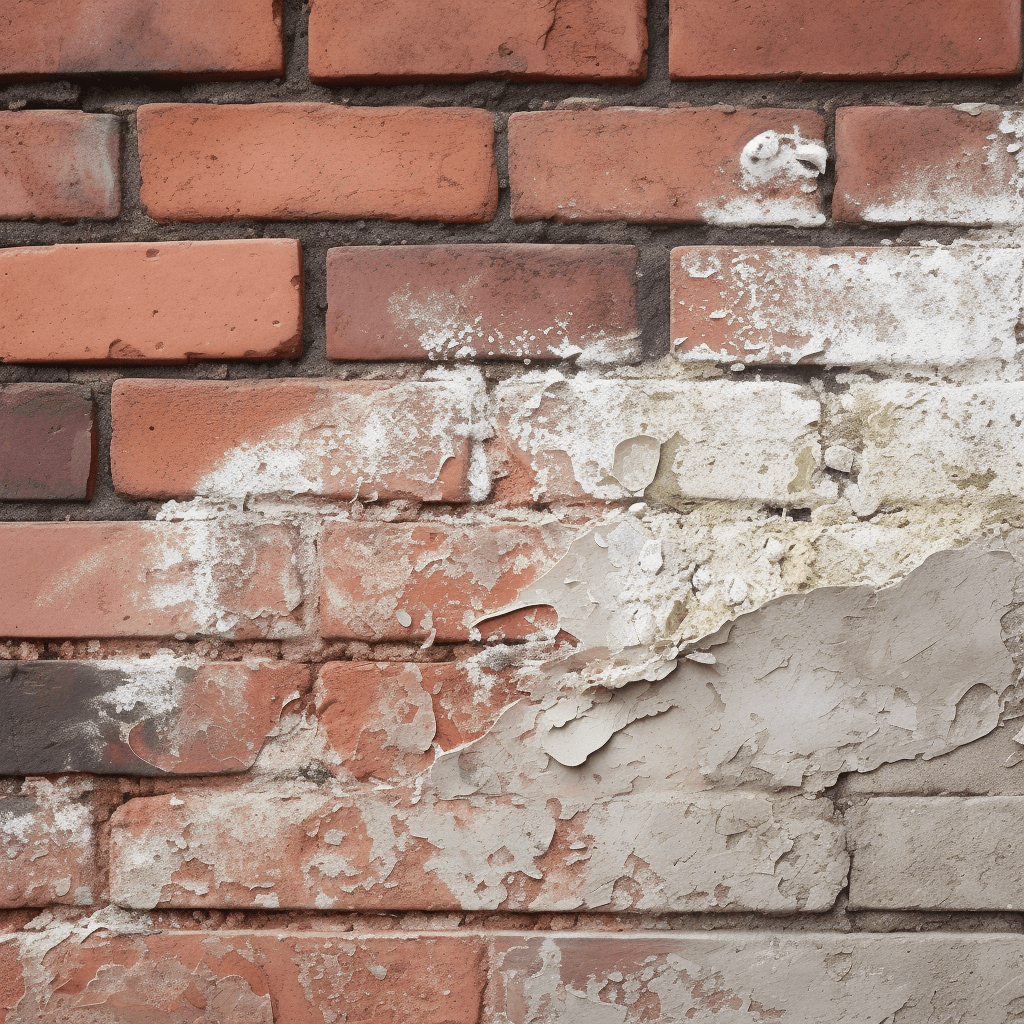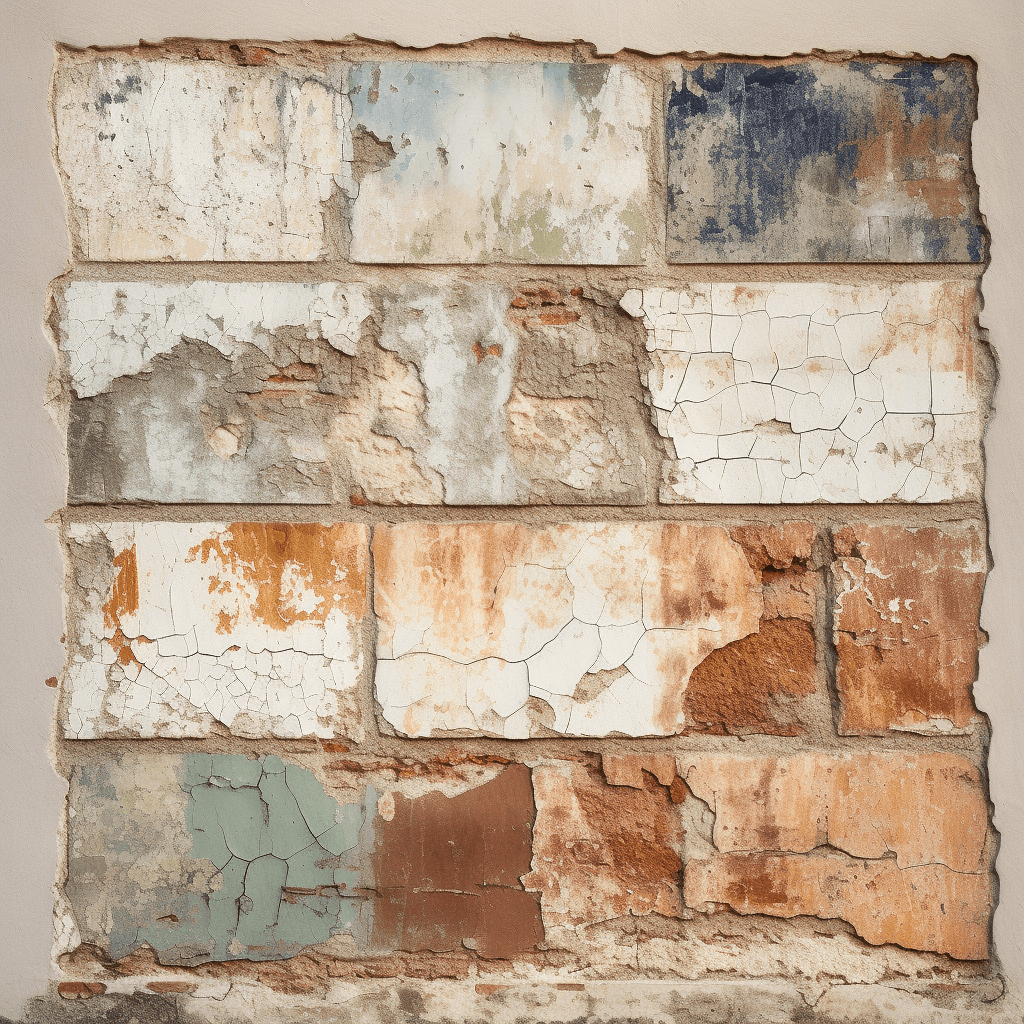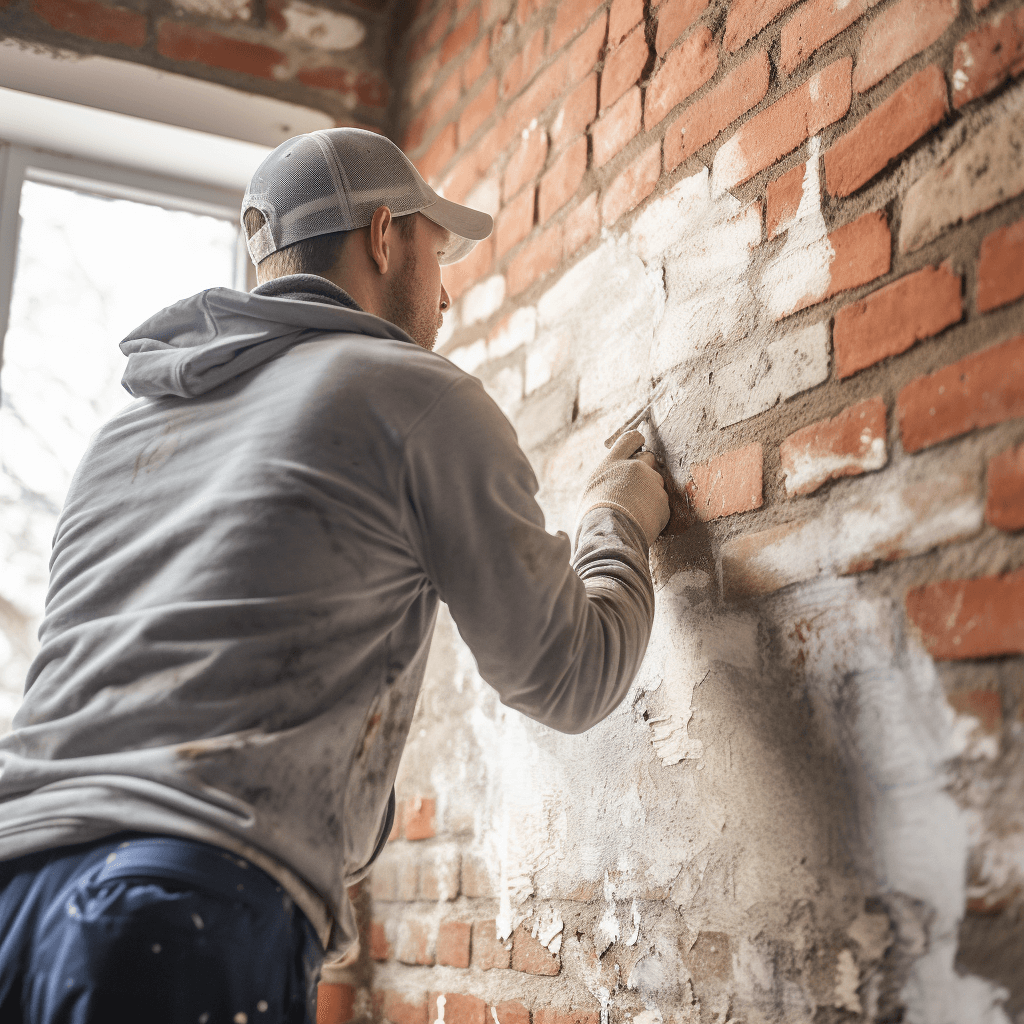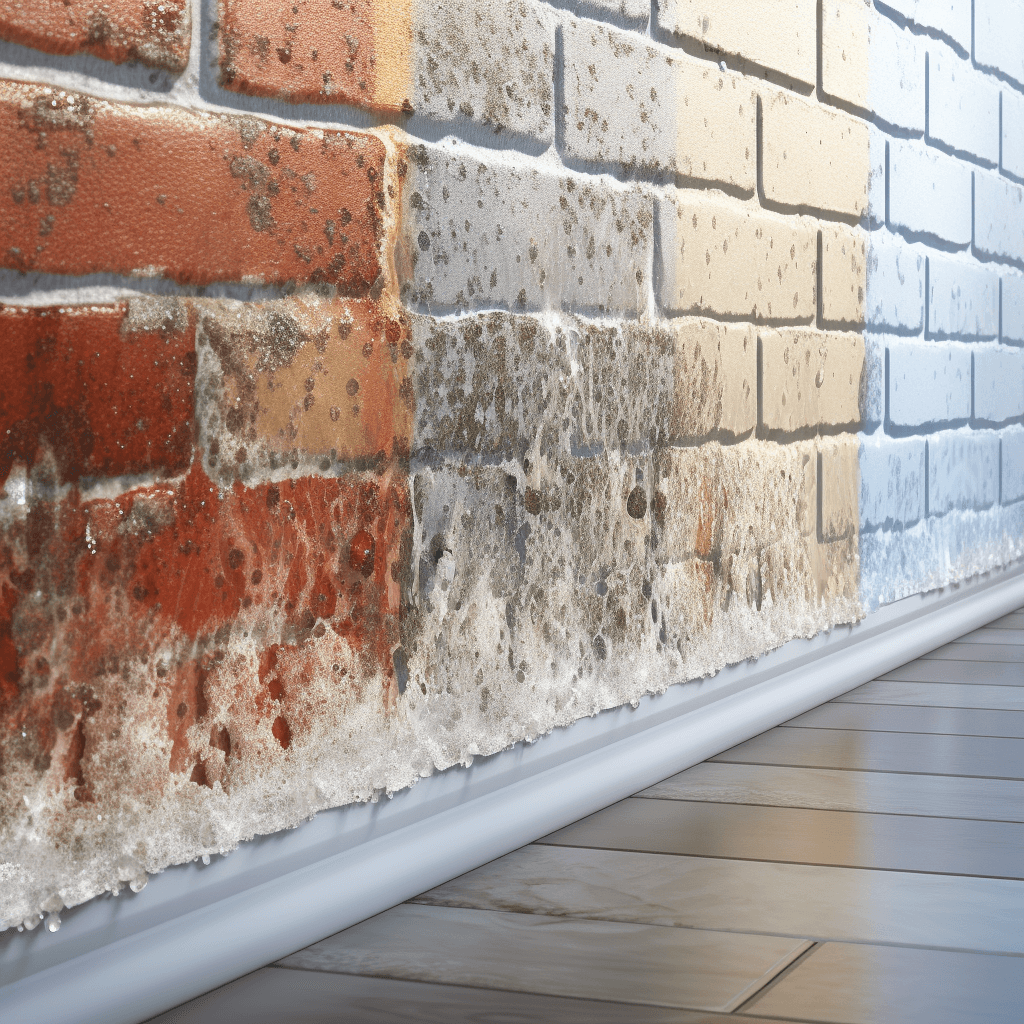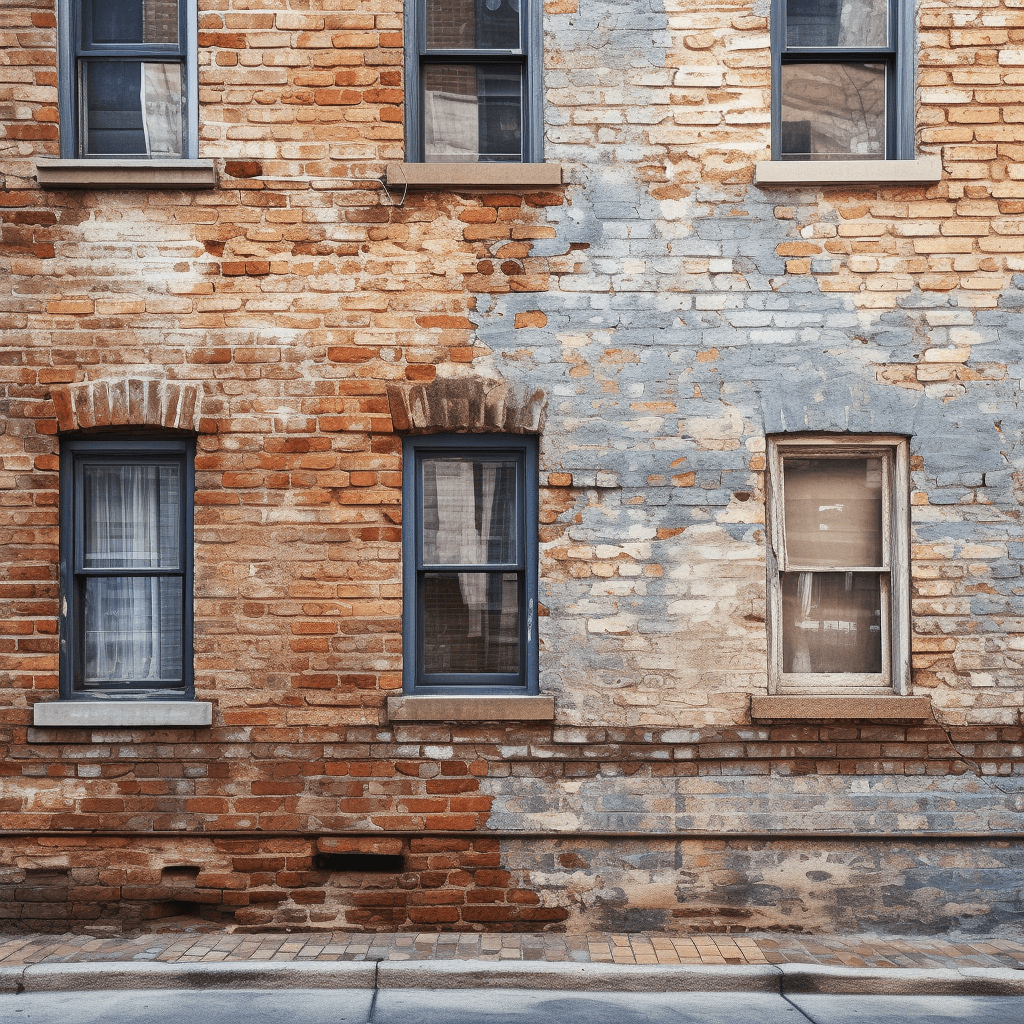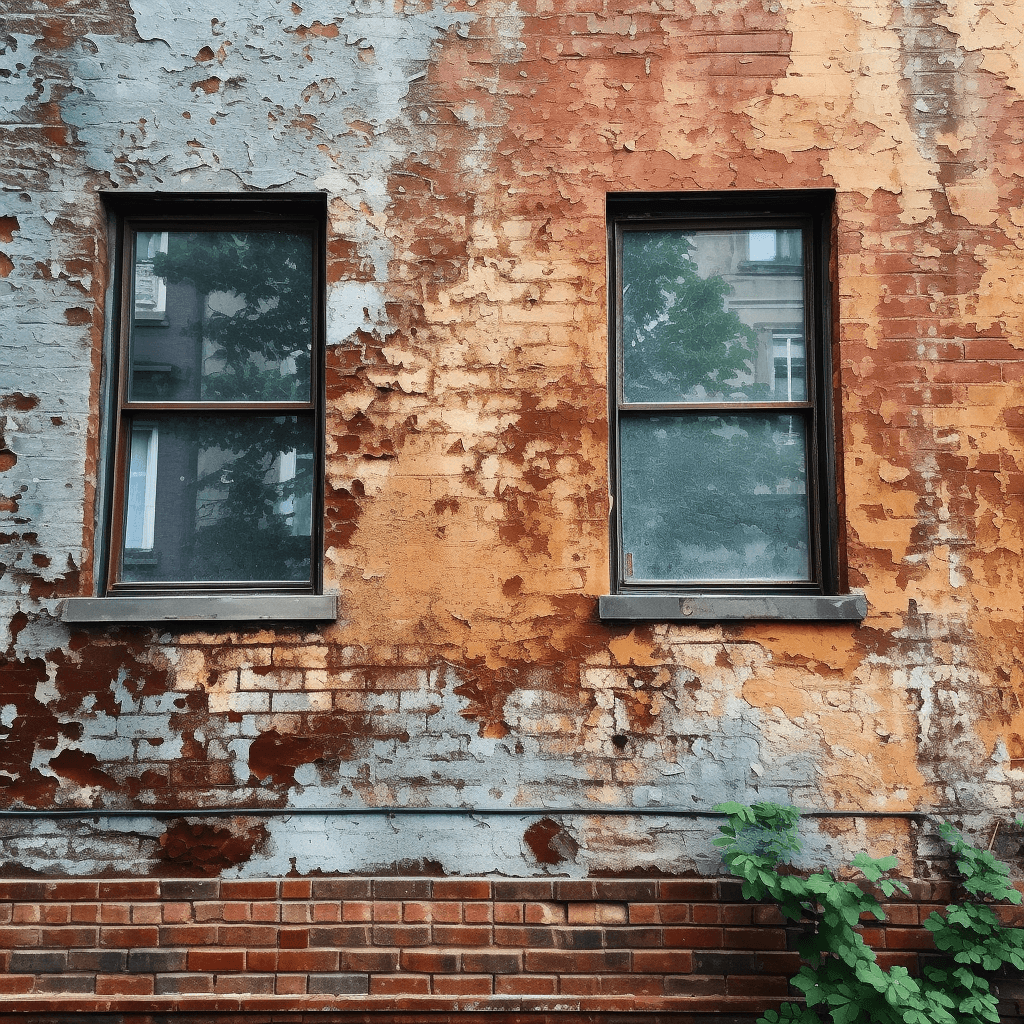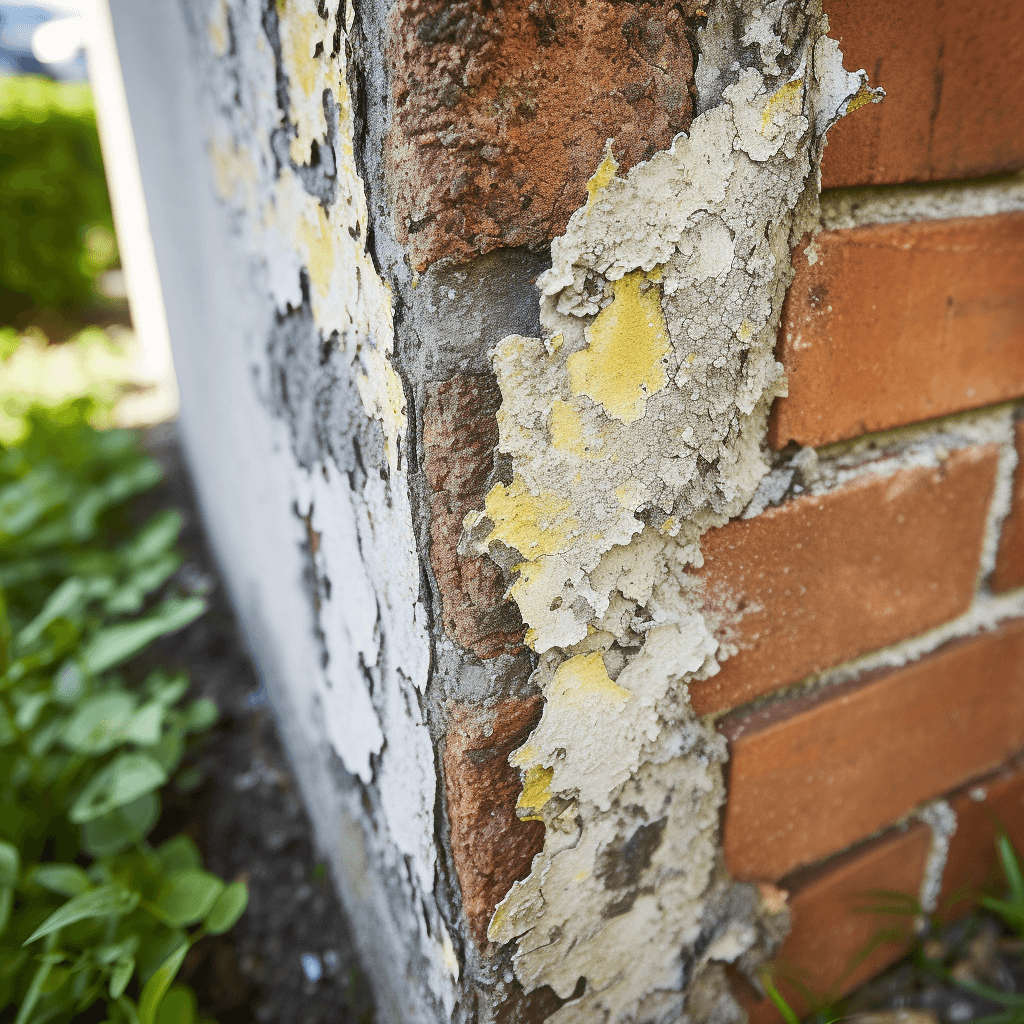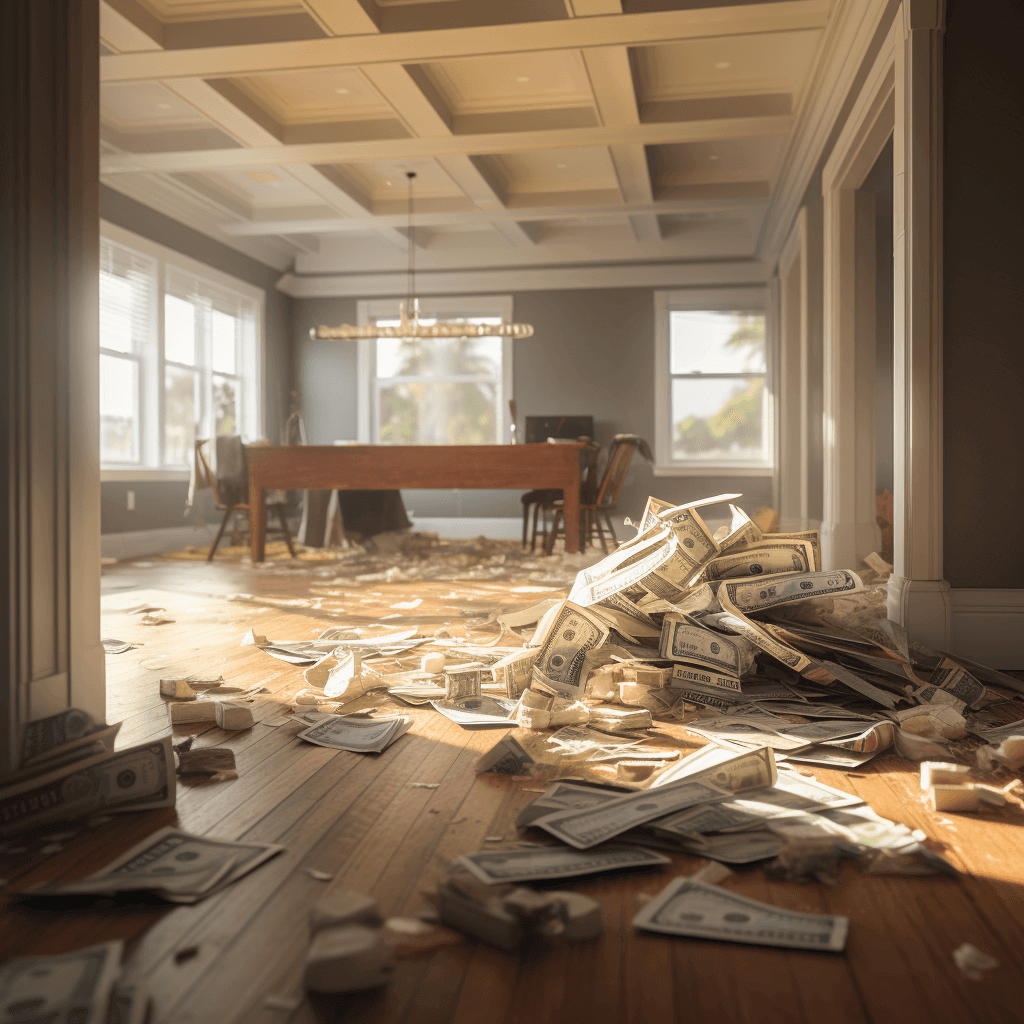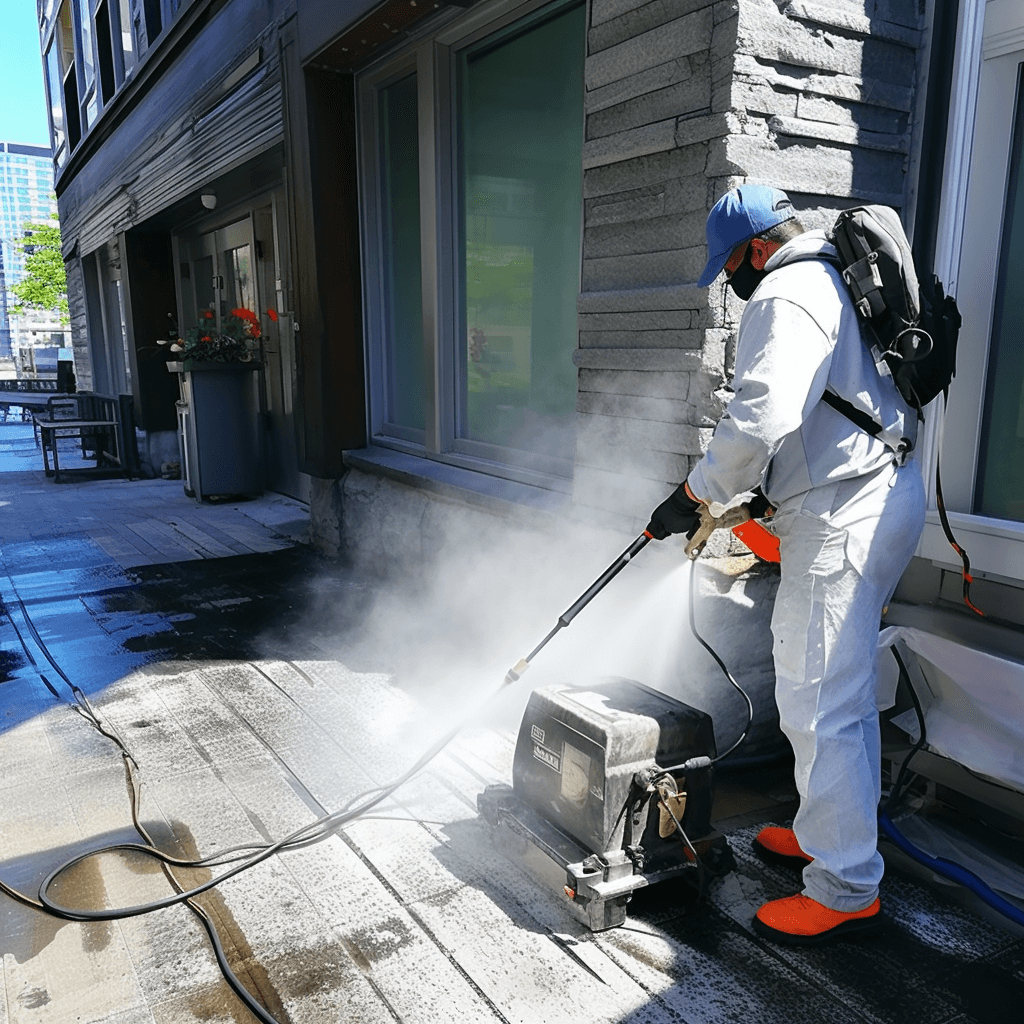Understanding Efflorescence on Masonry: Causes, Prevention, and Repair
Efflorescence is a common problem that can occur on brick walls, causing an unsightly white powdery substance to appear on the surface of the bricks. This can be a frustrating issue for property owners, but it is important to understand the causes and how to prevent and address it.
What is Efflorescence?
Efflorescence is the migration of salts to the surface of the bricks, where they combine with moisture and air to form a white powdery substance. This can occur on both interior and exterior brick walls and is most commonly seen in humid or damp environments.
Causes of Efflorescence
The main cause of efflorescence is the presence of soluble salts in the brick, mortar, or surrounding soil. These salts can be brought to the surface by moisture, either from rain or from rising damp. Once the moisture evaporates, the salts are left behind and form the powdery substance.
Preventing Efflorescence
Preventing efflorescence involves addressing the underlying causes of moisture and salt migration. Here are some steps you can take to prevent efflorescence :
- Use high-quality materials : Use high-quality bricks and mortar that are low in soluble salts.
- Properly cure the bricks : Allow the bricks to properly cure before installation to prevent excess moisture from being trapped in the bricks.
- Proper drainage : Ensure that the surrounding landscape is properly graded and that gutters and downspouts are in good working condition to direct water away from the wall.
- Apply a waterproofing sealant : Applying a waterproofing sealant to the surface of the bricks can help prevent moisture from entering and bringing salts to the surface.
- Use a vapor-permeable sealer : If the wall is already built, using a vapor-permeable sealer can help prevent moisture from entering the bricks while still allowing them to breathe.
Removing Efflorescence
If efflorescence has already appeared on your brick wall, there are several methods for removal, including :
- Mechanical cleaning : This involves using a wire brush or other abrasive tool to physically remove the efflorescence from the surface of the bricks.
- Chemical cleaning : This involves using a chemical solution to dissolve the salts and wash them away.
- Pressure washing : This involves using high-pressure water to blast away the efflorescence from the surface of the bricks.
Conclusion
Efflorescence on brick walls can be a frustrating issue for property owners, but it is important to understand the causes and how to prevent and address it. By taking preventative measures, such as using high-quality materials and ensuring proper drainage, property owners can avoid the formation of efflorescence. If efflorescence has already appeared, several methods can be used to remove it. Regular inspections and maintenance are key to maintaining the aesthetic appeal and structural integrity of brick walls for years to come.


